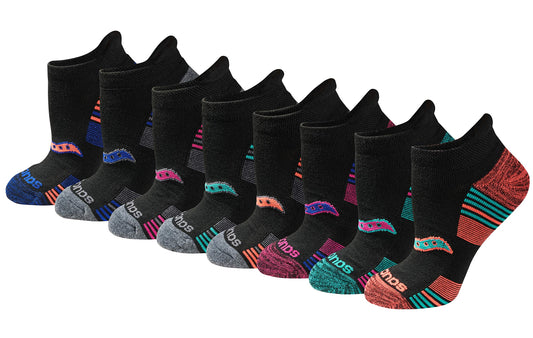Let's be clear: The following isn't a review or deep dive into "The Fall Guy," but rather a look at the broader world it touches upon – the often-unsung heroes of Hollywood: stunt performers. While the movie's reception highlights the excitement of well-executed action, it's important to appreciate the real-world skills and dedication that make those scenes possible.
The Art and Science of Controlled Danger
Stunt work is a highly specialized field requiring a unique blend of athleticism, technical expertise, and calculated risk assessment. It's not just about throwing yourself off buildings or crashing cars. It's about doing so safely and repeatedly, while maintaining the illusion of genuine danger for the camera. Stunt performers meticulously plan and rehearse every move, working closely with directors, special effects teams, and safety coordinators to minimize the potential for injury.
A Diverse Skillset
The range of skills required for stunt work is vast. Performers may specialize in areas such as:
• High Falls Executing controlled falls from significant heights.• Fight Choreography Mastering complex fight sequences that look realistic and impactful.
• Stunt Driving Handling vehicles in high-speed chases, crashes, and other daring maneuvers.
• Wire Work Utilizing harnesses and wires to create the illusion of flying or superhuman agility.
• Fire Stunts Performing stunts involving fire and explosions, requiring extensive safety precautions.
The Importance of Safety
Safety is paramount in stunt work. Every stunt is thoroughly planned and rehearsed, with multiple layers of safety measures in place. Performers rely on specialized equipment, including harnesses, airbags, crash pads, and fire-resistant clothing. They also undergo rigorous training and certification to ensure they can safely execute complex stunts. Despite these precautions, the inherent risks of the profession mean that injuries are unfortunately not uncommon.
Beyond the Action: A Collaborative Art
Stunt performers are integral collaborators in the filmmaking process. They work closely with actors, often doubling for them in dangerous scenes, and contribute to the overall visual storytelling. They bring a level of expertise and physicality that enhances the realism and excitement of action sequences. Their contributions are often overlooked, but their talent and dedication are essential to creating memorable and thrilling cinematic experiences.












